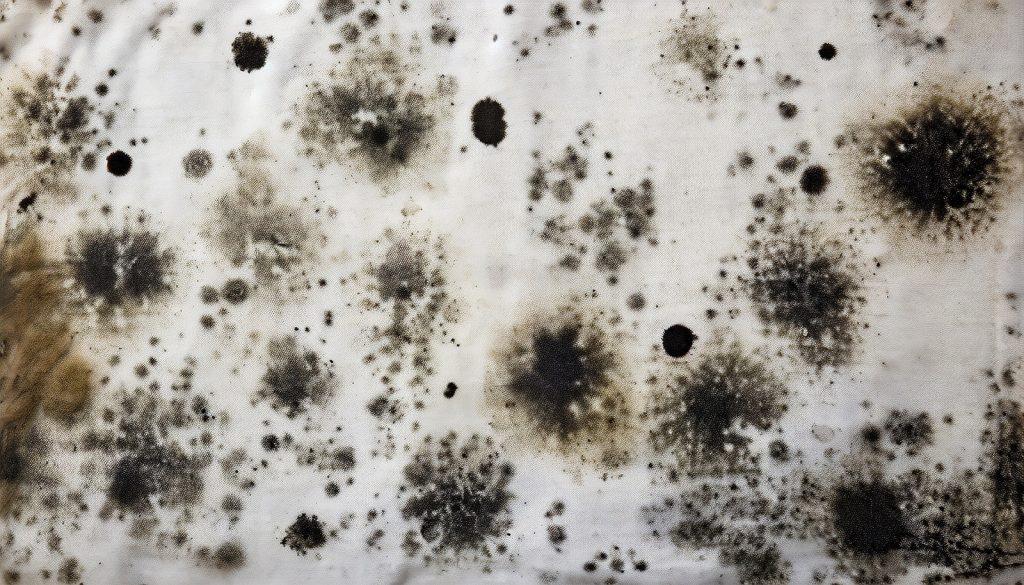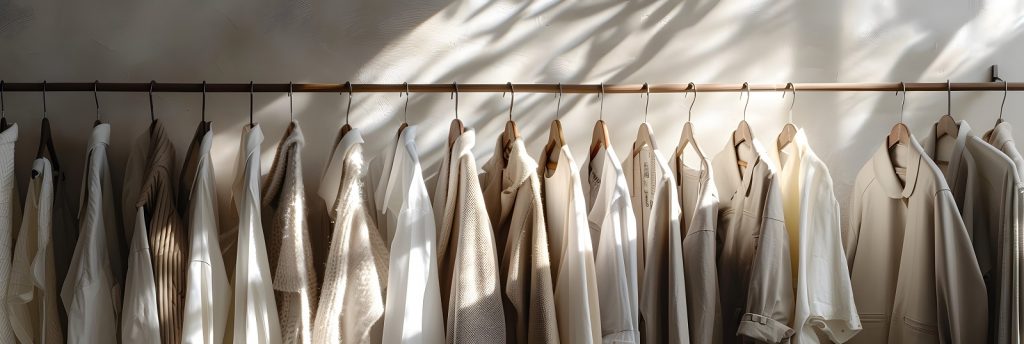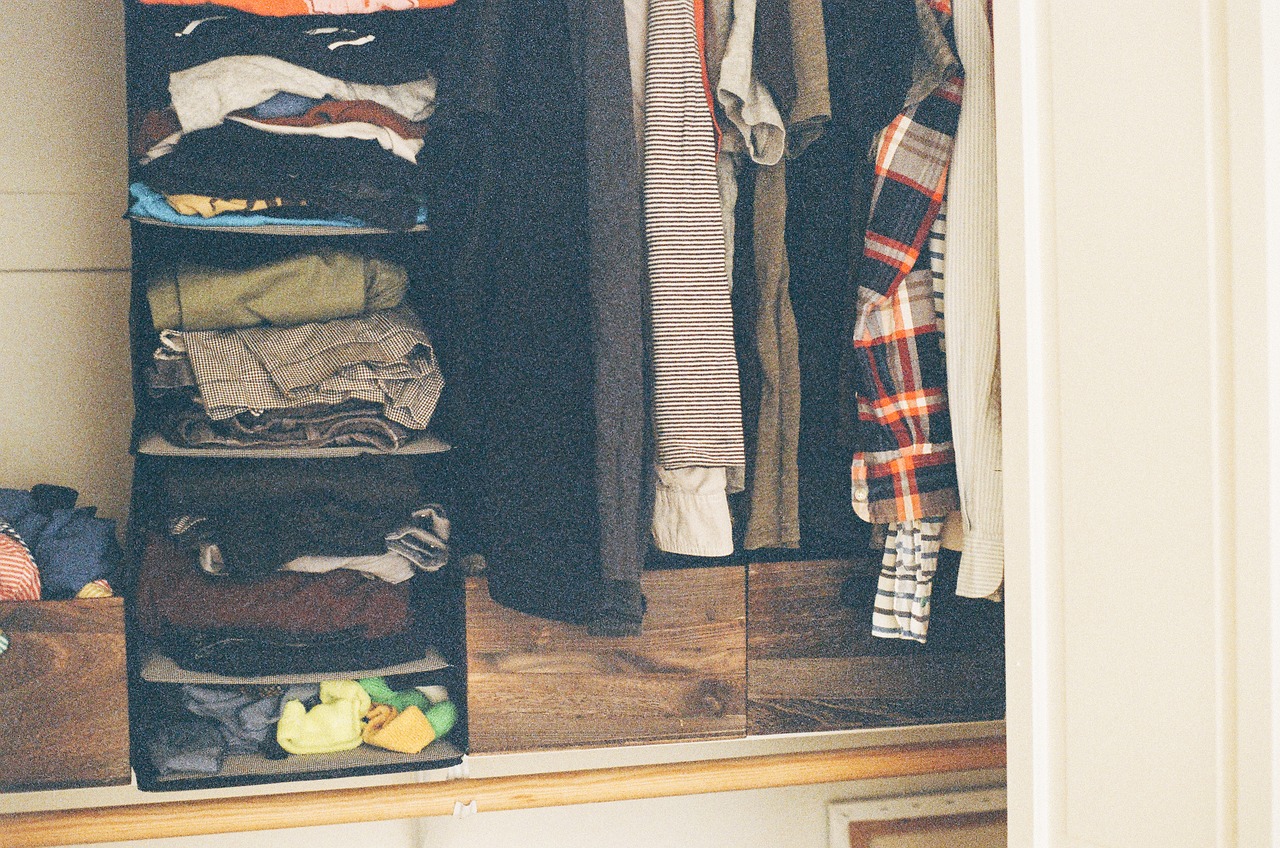Mold can grow anywhere in homes, including closets. Moisture can accumulate in closets, providing a breeding ground for mold growth. Thus, it is a matter of keeping the closets dry to prevent mold in closets. In this article, you will learn how to prevent mold in closets step by step.
How to Prevent Mold in Closets
Preventing mold growth in your closets is essential for maintaining a healthy indoor environment and preserving your clothing and belongings. Here are some practical tips to help you keep mold at bay:
- Ensure Clothes Are Completely Dry: Before storing clothes in your closets, make sure they are completely dry. Moisture in clothing can accelerate mold growth, creating an ideal environment for mold spores to thrive.
- Store Only Clean Clothing and Items: Store only clean clothing and items in your closets. Dirt and other organic substances and organic materials can serve as food sources for mold, making it easier for mold to establish and grow.
- Avoid Overpacking: Don’t pack clothes or other items too tightly in your closets. Allowing air to circulate between them reduces moisture buildup and helps prevent mold growth.
- Use Breathable Packaging: Avoid storing clothes in sealed containers like plastic tubs. Instead, opt for breathable packaging, such as cotton sheets, to allow air to flow and reduce moisture accumulation in moist environments.
- Keep Items Off the Closet Floor: Don’t store items directly on the closet floor, as this can trap moisture underneath them. Use shelves or hangers to keep your belongings elevated and dry and you will prevent moldy clothes.
- Choose the Right Shelving: Opt for plastic-coated wire shelves instead of solid shelves to improve air circulation within your closets. This helps reduce moisture and prevents mold growth.
- Enhance Air Circulation: Leave closets open when possible to allow air to circulate. Consider replacing solid closet doors with louvered doors for better ventilation. Well-ventilated area helps keep the interior dry and mold-free.
- Manage Humidity: Avoid opening closets in rooms with high humidity and humid environments, particularly when producing moisture (e.g., showering or cooking). This prevents excess moisture from entering your closets.
- Use a Low-Wattage Light Bulb: Place a low-wattage light bulb in your closets, ensuring it is at a safe distance from clothes or other flammable items. Leaving the light on for several hours can help keep the closet and clothing dry by generating a small amount of heat.
- Regular Cleaning and Maintenance: Empty, clean, and dry your closets thoroughly on occasion. This routine maintenance keeps them fresh and aired out, significantly reducing the potential for mold growth.
- Control Indoor Humidity: If you have a humidity problem in your home, use an air conditioning unit or a dehumidifier to remove excess moisture from the air. Keeping indoor humidity levels in check is crucial for preventing mold.
- Address Musty Smells: If clothes in a closet smell musty, take them out and address the moisture problem immediately. Learn how to remove the musty smell from clothes and ensure the closet is dry before returning your items.

How to Remove Mold in Closets
Mold in closets is more than just an unsightly problem; it can damage your clothing and belongings, and adversely affect your indoor air quality and health. Tackling mold effectively involves not only cleaning it thoroughly but also implementing strategies to prevent its recurrence. Here’s a step-by-step guide on how to remove mold in closets and essential tips on how to prevent mold in closets from coming back.
Identifying Mold in Closets
The first step in addressing mold in your closet is to identify its presence. Mold often manifests as discolored spots, which can be black, green, white, or grey, depending on the type. Accompanying these visual signs of mold is usually a musty odor, indicative of mold growth. It’s important to act quickly upon discovering mold to mitigate the spread of mold and potential health risks.
Cleaning Mold-Infested Closets
To effectively clean closet mold, start by emptying out all the contents. Inspect each item for mold; severely infested items may need to be discarded, while those with minor mold can be cleaned. Prepare a cleaning solution using water and detergent, or for more stubborn mold, a mixture of one part bleach to ten parts water.
Scrub all affected areas thoroughly. Be sure to wear protective gear, such as gloves and a mask, to avoid exposure to mold spores. After cleaning, rinse the surfaces with clean water and dry the area completely using fans or a dehumidifier.

Addressing Musty Smells
A musty smell in your closet is a strong indicator of mold, even if it is not visibly apparent. Remove all items and clean the closet thoroughly. For clothes that have absorbed the musty odor, wash them with a mixture of water and white vinegar or baking soda. Ensure the items are completely dry before returning them to the closet.
By following these steps on how to remove mold in closets and incorporating tips on how to prevent mold in closets, you can maintain a clean, dry, and mold-free environment. Regular maintenance and proper storage practices are key to protecting your belongings and ensuring a healthier living space.
Don’t let mold take over! Call the pros at PuroClean!
Mold on wood is notoriously difficult to remove. If you have this problem, check out how to remove mold from wood and learn more about where mold grows in homes. Contact your local PuroClean for mold remediation services and water damage repair.




 PuroClean of Massapequa
PuroClean of Massapequa